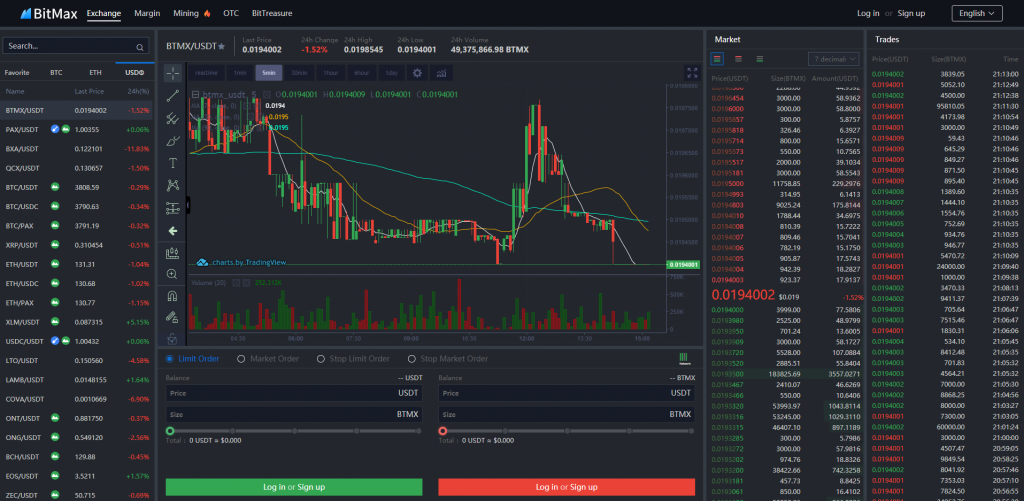Researching trading options is a vital part of becoming a wise investor. How do you know which tactics are right for you? Explore the following types of trading strategies that people often employ and discover what makes these strategies right for certain investors.
Long-Term Trading
The goal of a long-term trading strategy is to buy and hold your investments. The objective is to wait until the shares have reached a certain value and then sell or hold on to them while they generate dividends.
If you want to earn dividends — a portion of the company’s profits given to shareholders — from your investments, look into preferred stock. Preferred stock usually comes with the promise of a fixed annual dividend for as long as you hold on to the shares. The drawback is that preferred stock usually doesn’t come with full voting rights.
If you want to invest and have a portion of ownership in a company, look for common stocks. These types of shares are known for higher long-term returns compared to other types of investments, such as bonds and savings accounts.
Features and Benefits of Long-Term Trading
- Long-term trading can generate high returns if you hold on to shares for decades as a company grows.
- You can liquidate your shares at a future date once they’ve gained value.
- You experience a lower risk compared to more volatile types of trading, such as short selling.
- Common and preferred stocks are less volatile compared to Forex and binary options.
Short-Term Trading
In general, two overarching types of trading strategies exist: holding on to your investments briefly, such as days or months, or keeping your investments for years. A short-term approach is best for people who are active traders. You’ll have to regularly watch the markets for opportunities to buy and sell.
Day trading is one of the most well-known types of short-term trading. It’s not commonly practiced successfully and isn’t recommended for new traders because it’s high risk and requires experience to know which trades you should make on a moment’s notice. Binary options and Forex trading are two other examples of short-term trading.
Features and Benefits of Short-Term Trading
- Day trading, short selling, and other practices in this category have the potential for higher, quicker returns compared to other forms of trading.
- Short-term trading requires a trained eye to spot and act on the best opportunities before they’re gone.
- In general, short-term trading is a less reliable way to make money from investing — especially for beginners.
Aggressive and Conservative Trading
Another example of two overarching trading strategies is aggressive vs. conservative trading. These strategies can work with either short-term or long-term plans, although the former is better suited to aggressive trading. If you want to explore day trading, for example, you’ll be making many snap decisions in a single trading cycle. You’ll still research your options and have methods for vetting potential investments, but this market simply requires more aggressive decision making compared to buying and holding common or preferred stock.
Note that aggressive trading in other markets doesn’t have to do with betting for or against bear or bull trends. Rather, aggressive trading has to do with the investor’s willingness to buy stock in anticipation of patterns or developments. For example, buying highly speculative stocks is an aggressive way to approach the markets.
Features and Benefits of Aggressive and Conservative Trading
- Highly speculative stocks include penny stocks and investments in businesses from emerging markets. Forex trading and binary options are also appealing for aggressive trading since they’re speculative and depend on rapid market movements.
- If an anticipated pattern develops and the stock’s value turns in your favor, you can yield significant returns from aggressive trading.
- Aggressive and conservative trading both involve risks, but volatility is easily the biggest drawback of aggressive trading.
Mixing Trading Strategies
Many people find success by mixing short-term, long-term, aggressive, conservative, and other trading strategies. When you’re starting out as a trader, you’ll probably focus on a particular market, an industry you have some knowledge of or a strategy you’re comfortable with. As you gain experience, you can explore higher risk options and diversify your portfolio to minimize the likelihood of losing money on a single trade or a certain type of investing.
Features and Benefits of Mixing Strategies
- A diverse portfolio lowers your risk since you’ll make some long-term, conservative trades.
- A diverse portfolio gives you more ways to generate income and more options for liquidation in the future.
- You’ll still get to explore other options, such as Forex trading and short selling, that have the potential for returns that don’t take decades to earn.
You can access many markets and ways to trade, and some are better suited to certain strategies. As you work toward progressing from a beginner to an advanced investor, keep in mind the tactics and tips above to get the most from your portfolio.













